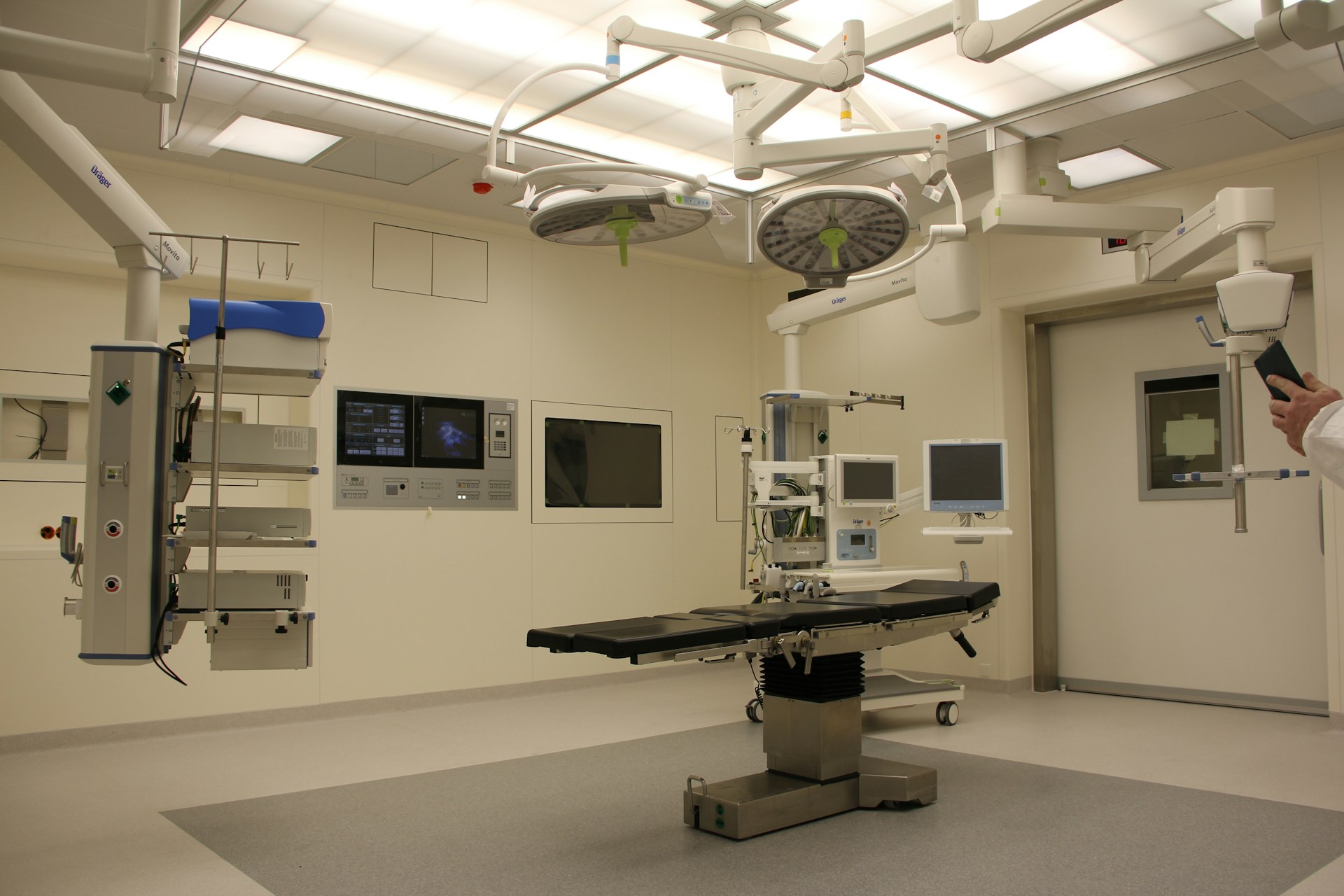



The medical field has witnessed remarkable advancements in recent years, particularly in developing and applying various types of robotic arms. These sophisticated devices perform a wide range of tasks, from intricate surgical procedures to supporting individuals with disabilities. Their ability to operate with high precision and minimal invasiveness has made them invaluable tools in modern health care.
As the demand for innovative medical solutions grows, understanding these assistive technologies and their specific applications will be crucial. Explore the various classifications of robotic arms and their transformative impact on patient care.
Despite the initial unease about an autonomous machine handling medical procedures and providing support, robots have become quite commonplace in health care. Here are five advanced appendages and accessories revolutionizing the quality of care and treatment outcomes across the industry.
These types of robotic arms assist surgeons in performing complex procedures with enhanced precision and control. One of the most notable examples is the da Vinci Surgical System, a state-of-the-art robot with four interactive arms controlled from the console. These arms can hold objects and act as surgical instruments like scalpels and grasper forceps.
The system consists of a console where the surgeon performs minimally invasive techniques for various surgeries, including prostatectomies, hysterectomies and cardiac valve repair. Since its introduction in 2000, the da Vinci surgical robot has successfully performed thousands of procedures, with well-documented literature about its safety and efficacy.
According to statistics by the University of Colorado Health, over 1,700 da Vinci Systems are installed globally in health care institutions, including 86% of U.S. urology residency programs. Additionally, three out of four prostate cancer surgeries today are performed using this advanced robot.
Rehabilitation robotic arms are crucial in helping patients recover mobility and strength after a stroke or extensive injury. These robotic limbs aid in therapy to restore lost motor function. They enable high-intensity training over a longer duration and allow for a broader range of movement repetitions, effectively relieving the manual workload from physical therapists.
A great example is the EksoGT, an exoskeleton designed to assist individuals with lower limb disabilities in walking. The EksoGT has been used in various rehabilitation centers, demonstrating significant patient mobility and independence progress.
According to research, patients using EksoGT showed a 51% improvement in gait ability after 12 weeks of therapy. This technology not only aids physical rehabilitation but also enhances psychological well-being by restoring a sense of autonomy to patients.
These medical robots deliver radiation therapy to tumors with enhanced speed and sub-millimeter precision.
The most popular bot in this category is the CyberKnife, a specialized robotic arm used to treat cancer across the U.S. It has also allowed doctors to treat tumors in areas previously too complex to operate on, such as the neck, head and liver. Now, this technology facilitates non-invasive surgery while minimizing the exposure of healthy organs and tissues to radiation.
Another example is XACT Robotics’s ACE, a compact device capable of targeting tumors with 1.7-mm accuracy using advanced subcutaneous probes. Weighing just a couple of pounds, this robot enhances efficiency in environments with limited space.
Robotic arms are increasingly utilized for diagnostic purposes and assist surgeons in planning and executing neurosurgeries. Their cutting-edge imaging capabilities enable doctors to diagnose conditions such as brain tumors, Parkinson’s disease and epilepsy.
These systems also help provide precise positioning for instruments during procedures. For example, the Robotic Stereotactic Assistance (ROSA) robot features a state-of-the-art robotic arm engineered with 6 degrees of freedom for improved flexibility and agility. This process enhances accuracy, reduces the need for anesthetics and minimizes patient discomfort.
Prosthetic robotic limbs provide support and functionality for individuals with disabilities or limited mobility. One of the standout features of these systems is their dexterity. They can seamlessly replicate the intricate movements of human hands, allowing users to grasp, lift, and manipulate objects with remarkable precision.
Modern assistive robotic arms are often equipped with adaptive technology to learn from user interactions. Some models utilize machine learning algorithms to improve their functionality based on how users engage with them. This adaptability means the device can become more efficient and personalized over time.
Versatile collaborative robotic arms are gradually taking over everyday health care tasks, such as checking patients’ vital signs, testing lab samples, and sorting medications. These systems can drastically decrease the pressure on medical personnel, automating their manual tasks and making up for the industry’s dearth of skilled labor.
Medical robotic arms rely heavily on advanced sensors to ensure precision and safety during operations. There’s no room for error in these applications, as even a minor slip can lead to permanent injury or even death.
These sensors can detect various parameters, including position, force, and torque, allowing the robotic system to respond dynamically to the environment. For instance, haptic feedback technology provides tactile sensations to surgeons operating robotic arms, enabling them to feel the texture and resistance of tissues during surgery. This feedback is crucial for delicate procedures where precision is the foremost concern.
Control systems are also integral to the functionality of robotic arms, determining their operational scope and how they interact with their environment. The integration of machine learning has unlocked higher levels of automation, enabling robotic arms to learn from previous procedures and adapt to different surgical environments.
A whole world of innovation awaits as many new types of robotic arms emerge in the coming years. These technologies will revolutionize health care, including establishing a more stable and reliable infrastructure for teleoperated surgeries.
Imagine how much more accessible health care would be, especially in remote regions worldwide and at disaster sites, if doctors could perform life-saving surgeries in real time — despite being miles away.
Advancements in AI and miniaturization of robotic technologies will also be fundamental to this development. Smaller, more compact robots could be designed for less invasive procedures or even for use in telemedicine applications where space constraints are a concern.
Integrating autonomous machines into medical practice has transformed health care delivery by enhancing precision and expanding access to specialized treatments. From more precise surgical applications to cutting-edge rehabilitation and diagnostic procedures, these technologies are reshaping patient care and will be vital to future developments.


This site uses Akismet to reduce spam. Learn how your comment data is processed.